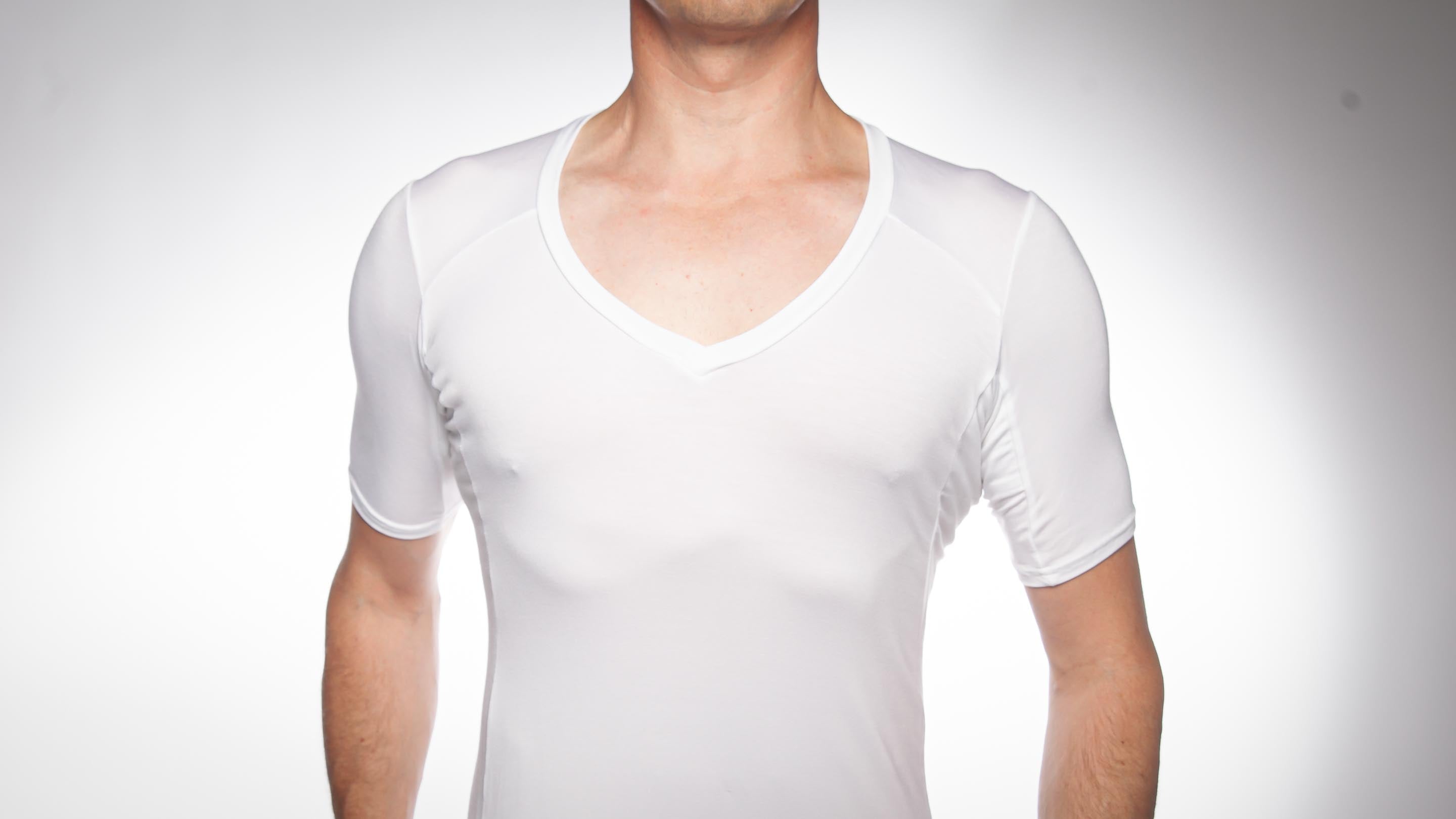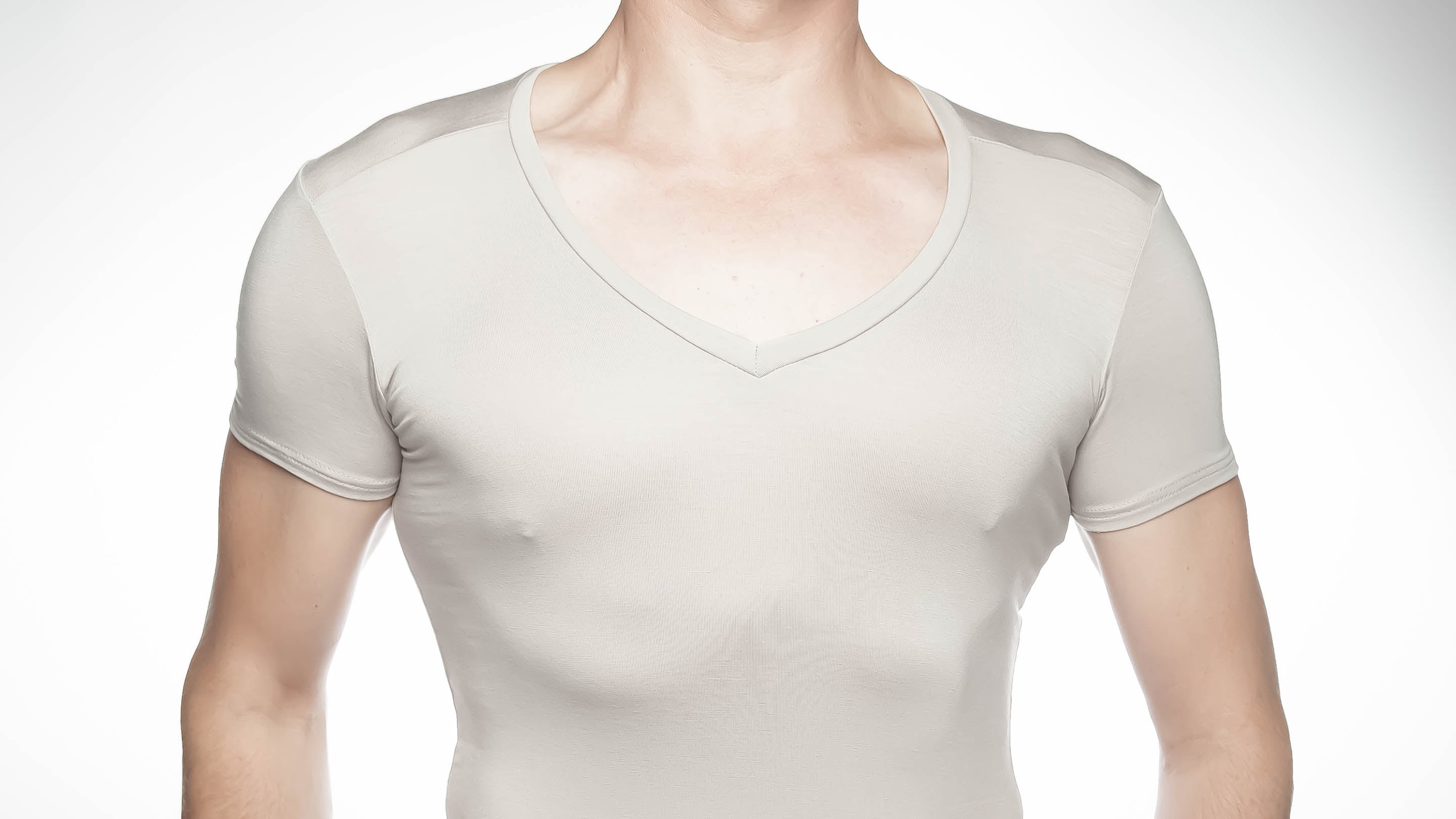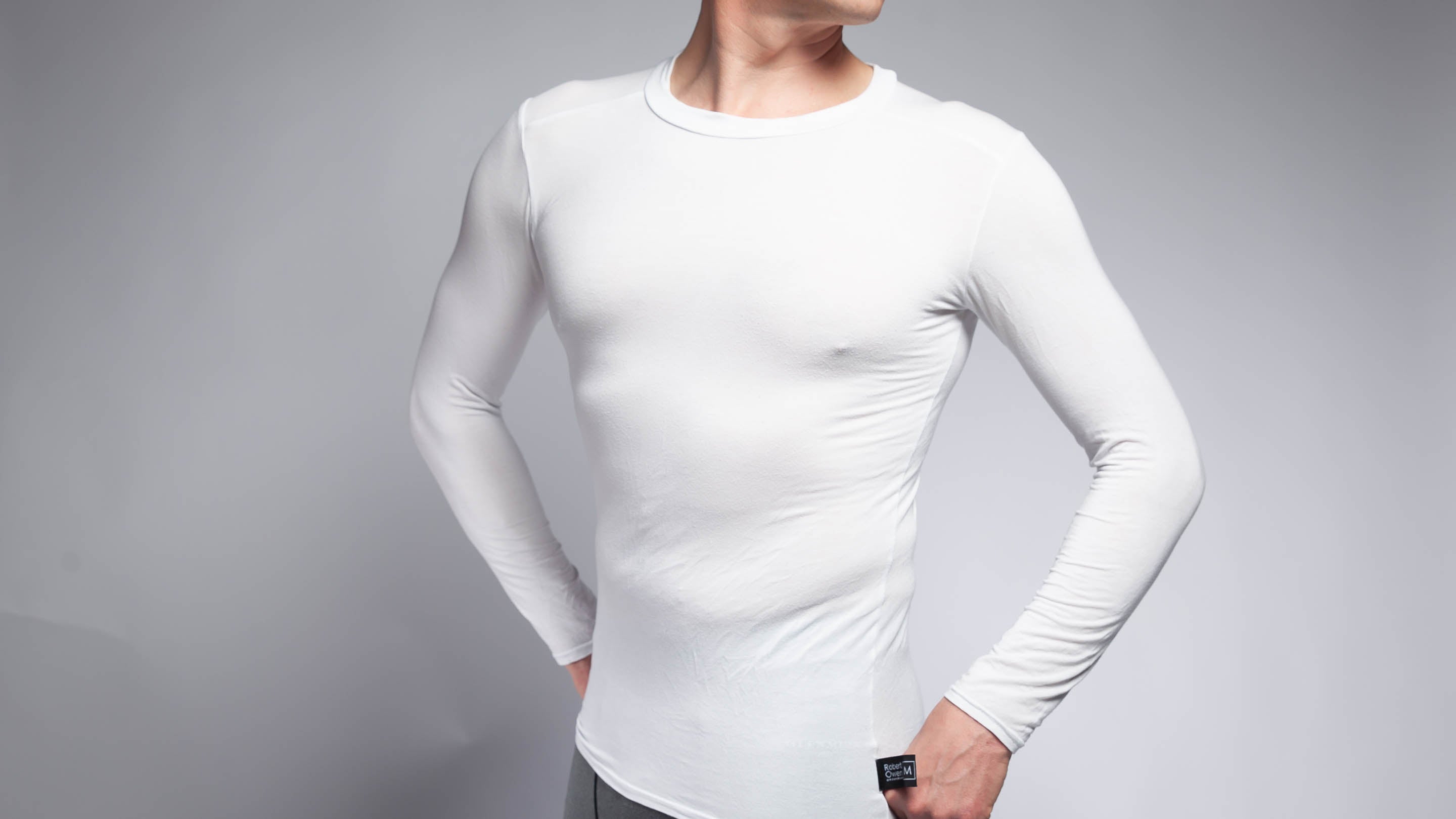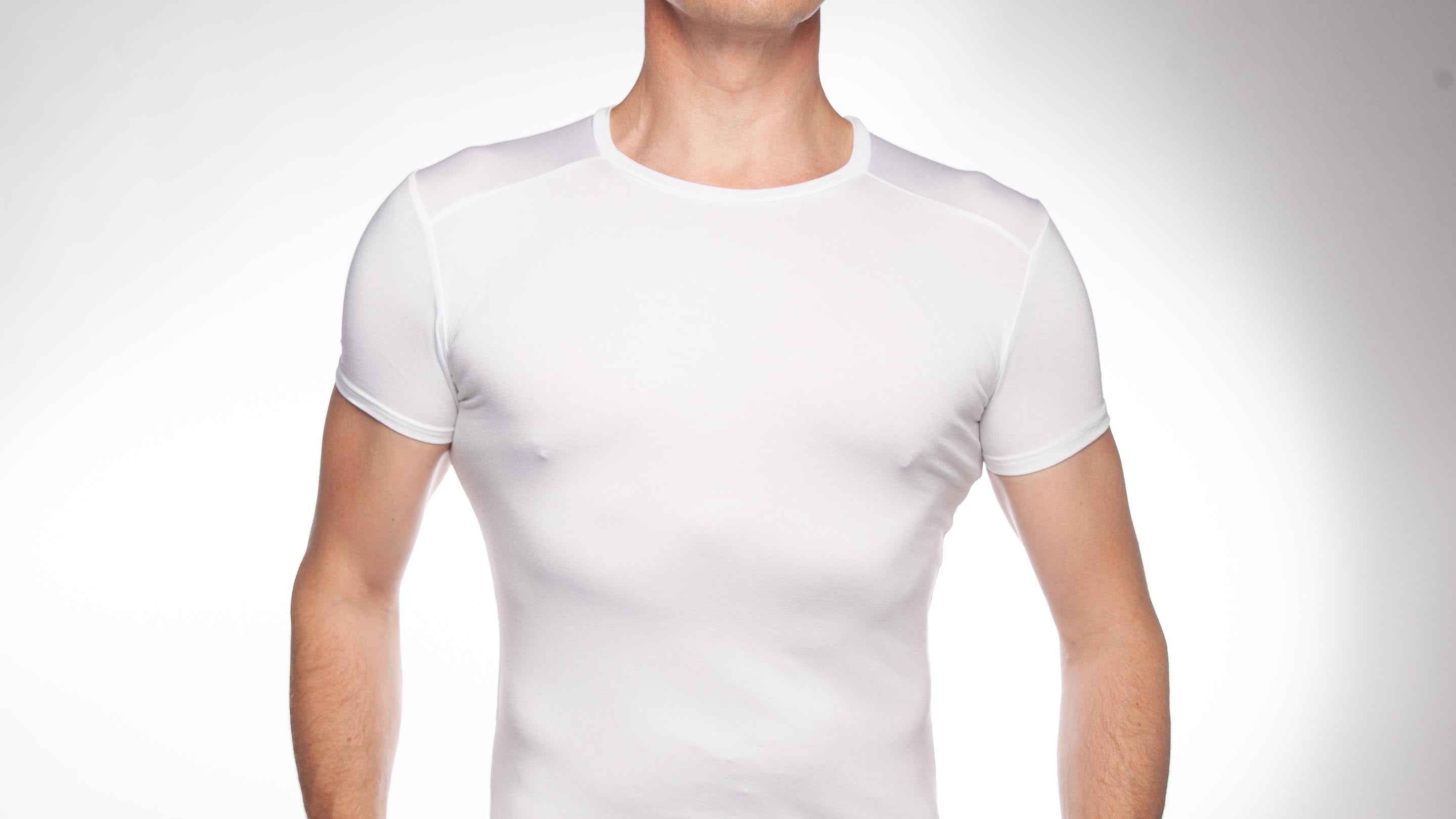A brief history of the men's undershirt
When looking back into the history of underwear, it's fascinating that the first undergarments were not designed to help keep us warm, insulate us or protect the body from the elements. The original purpose was to protect our outer clothing from touching the body, to protect the wearer's skin from scratchy outerwear and to keep outer layers clean. This is because regular bathing and washing did not become common until the 18th century.
It was mainly the rich and noble who wore undergarments. Working classes were probably lucky to have a single shirt as, historically, textiles were expensive and precious goods.
Around the 15th century, men of nobility started to wear parts of their shirts exposed; the collars and cuffs. Detachable collars and cuffs were in vogue. Using detachable collars and cuffs meant that only the visible parts had to be washed. So, in reality, what we know as a shirt today would actually have been considered an undershirt!
As time moved on, gentlemen (or noblemen) would only wear a shirt as their first layer or undergarment. If they were too cold, they would tend to wear more outer layers or overgarments. However, the poor, working-class and peasants would sometimes wear a tunic. This is what we think later developed into the sleeveless vest we know today. Usually, this vest was made of wool or flannel to help keep warm.
In the U.S., the so-called 'union suit' was an overall style undergarment that was patented in 1868. It was a bit like an all in one baby-grow, and although first worn by women, it was later adopted by men as well. The union suit was typically worn by the blue-collar, rural demographic, as opposed to the rich.

Photo- Tias.com
This brings us on to more modern times. At the beginning of the 20th century, the U.S. Navy issued what we would recognise today as the T-shirt, to be worn under uniforms. These were crew-necked, short-sleeved, and buttonless, and were first made from wool and then from white cotton. In hot climates, or when performing dirty jobs, it was common for sailors to wear just the undershirt (to stay cool or to save uniforms from soiling). This is believed to be the beginnings of the T-shirt.

In WWII, soldiers started to wear undershirts on their own as a form of outerwear. While it was not considered to be in good taste, to begin with, by the fifties Hollywood stars such as Marlon Brando and James Dean wore them in public. This is how the T-Shirt as we know it today became a success.
Men's undershirts are now going full circle. Smart, elegant male dressers understand that wearing a T-shirt underneath their shirt does not work well. Purposefully designed lightweight, breathable undershirts are coming back into fashion as men look for comfort and style.
Today, undershirts are worn for many different reasons:
1. To keep warm
During the cold months, an undergarment can help to keep you warm. New viscose or modal fabrics make for a very comfortable extra layer. They are stretchy for a hugging, second-skin type fit. They keep chilly air away from the skin surface, preventing heat loss in cold air. At the same time, they are highly breathable, so you don't overheat.
2. To look after shirts
Sweat and deodorants stain on your shirts. Undershirts help protect your shirt from sweat and deodorant stains by being a physical barrier between your skin and your shirt. The oils from your skin and the components of your deodorant are trapped before they reach the fine cotton.
3. To prevent sweat through
Undershirts are sweat-absorbing and can help to avoid ugly sweat stains. Viscose and model fabrics are particularly good at absorbing water, and yet they feel lightweight and comfortable to wear. In warmer climates, it is common practice to wear an undershirt to minimise sweat marks.
The use of modern fabrics with specific qualities like sweat absorption and inhibition of bacterial growth means the undershirt has come a long way. In the last ten years new independent undershirt brands, such as ours (Robert Owen Undershirt Co), has advanced the design of men's undershirts. Incorporating better fitting design, thoughtful placement of seams, and super-soft fabrics to make sleek, hidden, and lightweight sweat-absorbing undershirts. Many of these new undershirt designs have unique features built-in. For instance, our Sweat Protect undershirt has double underarm panels to help with sweat absorption.
The undershirt has been around for some time, in many forms, but always with the same sensible purpose. Modern fabrics and sound design have moved this humble undergarment into a new realm of comfort fit for the 21st century. You may be surprised just how useful they are.





